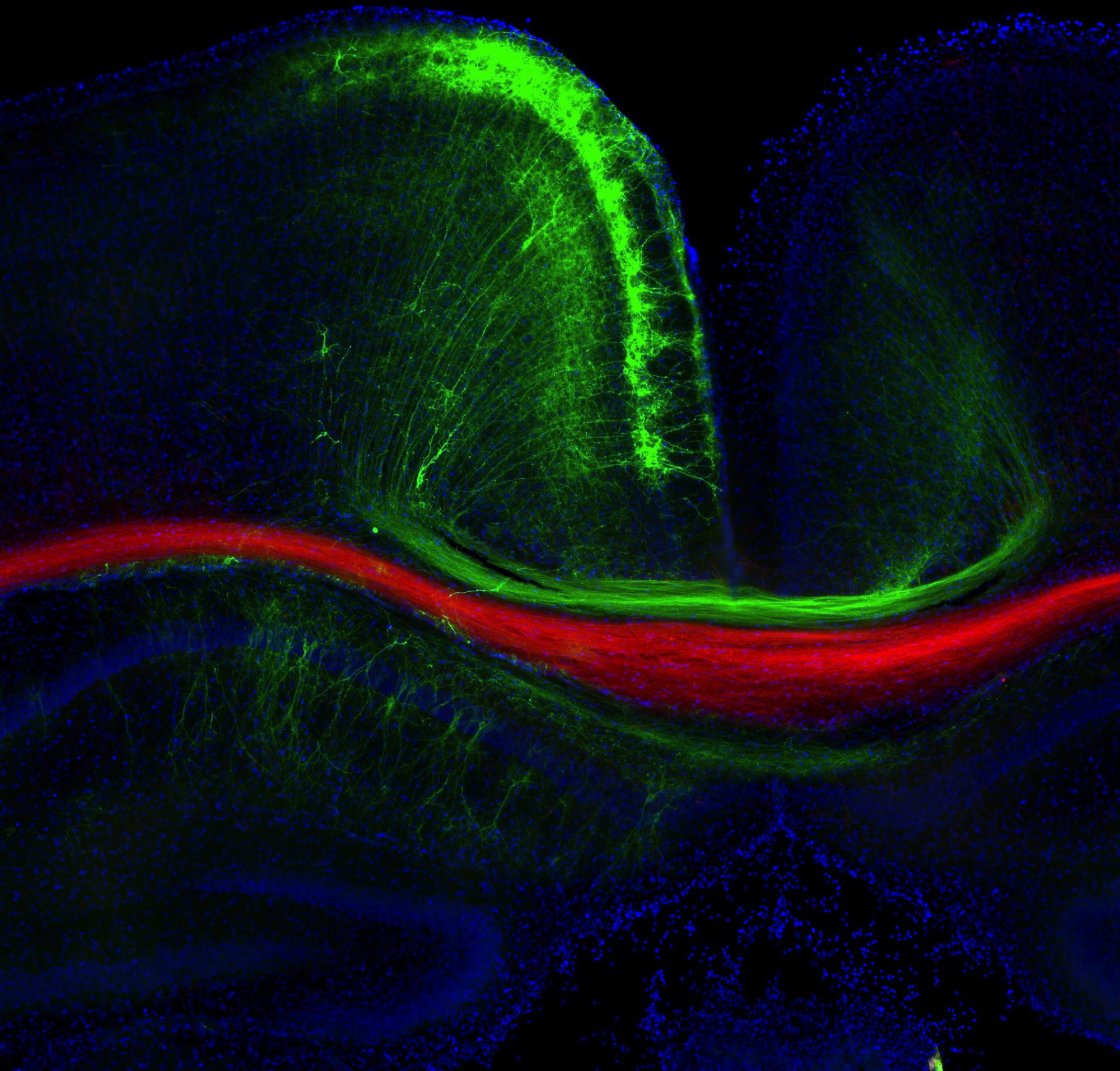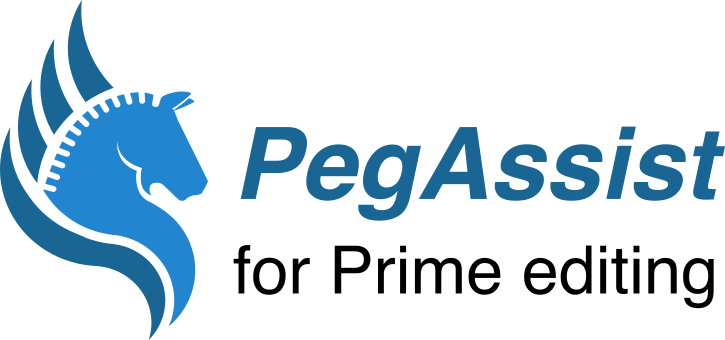Colin D. Robertson, PhD
Postdoc
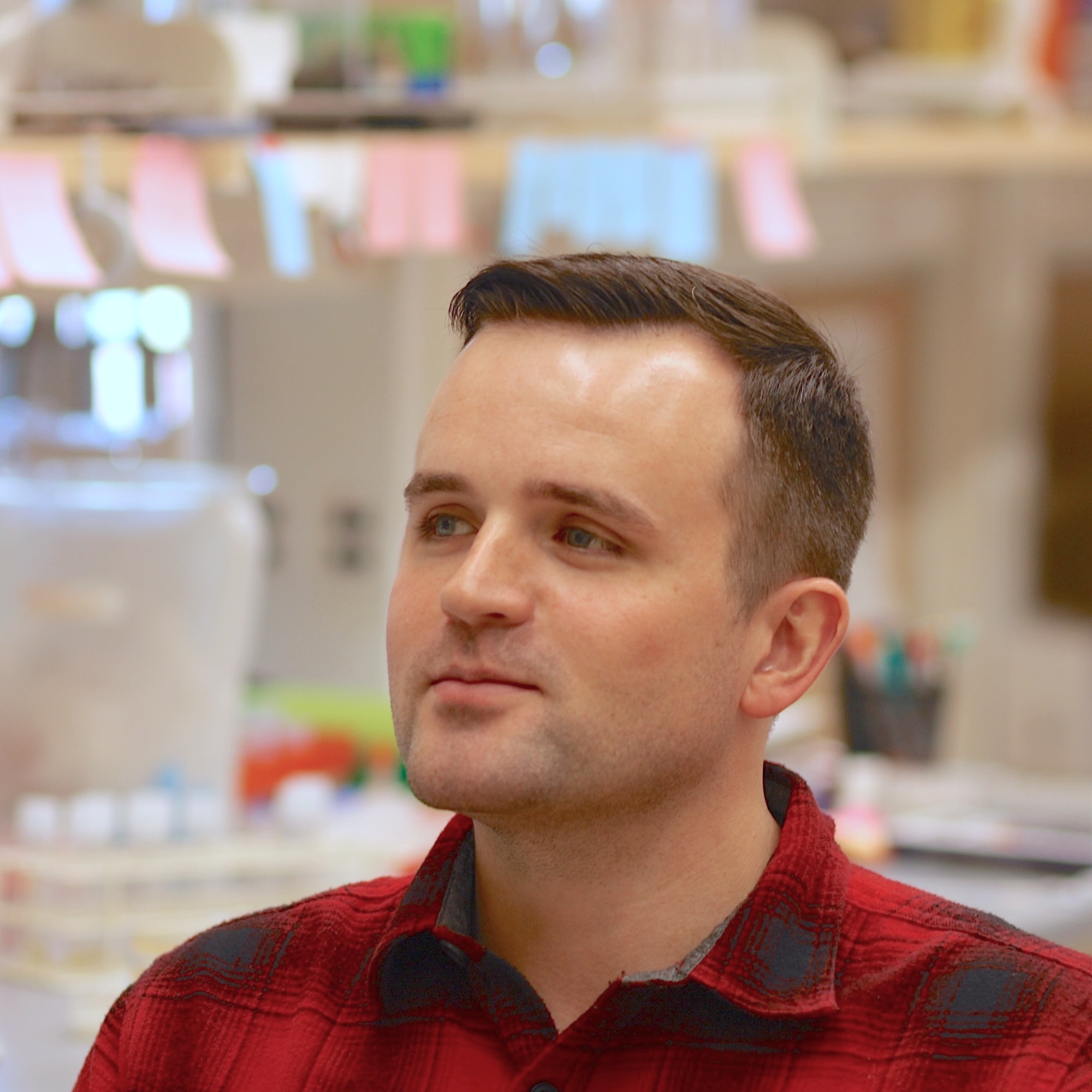
Contact: crobertson{at}som.umaryland.edu
Lab space: HSF3 room 9130
Colin’s publications on Google Scholar
Posts featuring Colin:
PouLab team wins NIH CRISPR Challenge!
We’re thrilled our team won Phase 2 of the NIH TARGETED Challenge (Targeted Genome Editor Delivery)!!! Suffice it to say, several rounds of celebrations ensued.
Our entry, Crisaptics Trans-BBB, competed in Area 2: Genome Editing in Brain Across the Blood-Brain Barrier, an exciting competition drawing entries from across academia, biotech, and research institutes, as part of the Challenge initiated by the NIH Common Fund and its Somatic Cell Genome Editing (SCGE) Consortium.
Crisaptics Trans-BBB merges advanced in vivo genome editing using Cas9-RC together with new delivery technologies enabled by BBB-penetrating nanoparticles and focused ultrasound. With these emerging tools, we were able to edit the genome of the brain in spatially targeted areas without any invasive procedure. This milestone is a critical step toward our quest to develop genome therapeutics for the brain.
The project received $250,000 in discretionary funding and an invitation to compete in Phase 3, where we’ll demonstrate editing in larger models. This award accelerates our mission to develop genome therapeutics for glioblastoma, Huntington’s disease, and genetic epilepsies
The Crisaptics Trans-BBB team is a four-lab collaboration within UM-MIND:
Poulopoulos Lab – in vivo CRISPR genome editing
Suk Lab – brain-penetrant nanoparticle bioengineering
Anastasiadis Lab – preclinical focused ultrasound
Woodworth Lab – clinical neurosurgery and therapeutic ultrasound
Learn more about the Challenge and the other winners:
NIH Announces Phase 2 Winners of the TARGETED Challenge
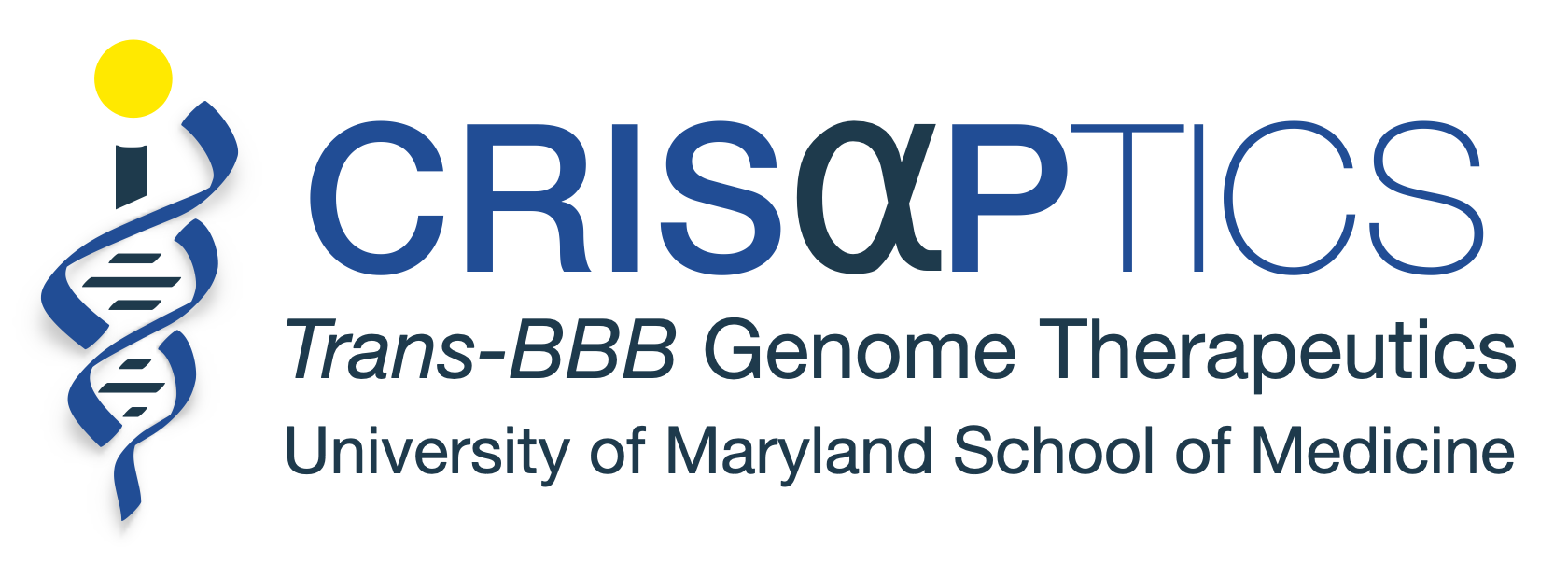
Colin’s Prime editing in neurons paper out in Methods Mol Biol!
Congrats to Colin Robertson and other lab members for publishing “Prime Editing of Mouse Primary Neurons” on how to use Prime editors on neurons to introduce precise genome edits, including pathological variants from patients.
This paper also includes a step-by-step guide on how to use our web app for pegRNA design and cloning PegAssist.app!
We should be hearing more exciting news from Colin and this powerful new technology for neural somatic genome editing soon…!
PouLab Helps Host GBSfN 2024!
The annual reunion of Baltimore Neuroscientists, the Greater Baltimore Society for Neuroscience (GBSfN) meeting, took place this year in Westminster Hall (the famous resting place of Edgar Allan Poe) on the University of Maryland campus in downtown Baltimore, and the lab was front and center! Alex served as GBSfN President this year, and all lab members pitched in with logistics and science to make this an awesome day for Baltimore Neuro!
Over 170 members (from undergrads to Institute Directors) across our 9 academic institutions, with representatives from government and industry partners came together to celebrate Baltimore Neuroscience. We honored Baltimore icons like Vernon Mountcastle, Sol Snyder, and Linda Richards; discussed the evolving neuroscience technology toolkit with guest speaker George Church; and topped it all off with food, drinks, posters, and neuro-nerd bar trivia. What a day! Thank you to all that made it possible…
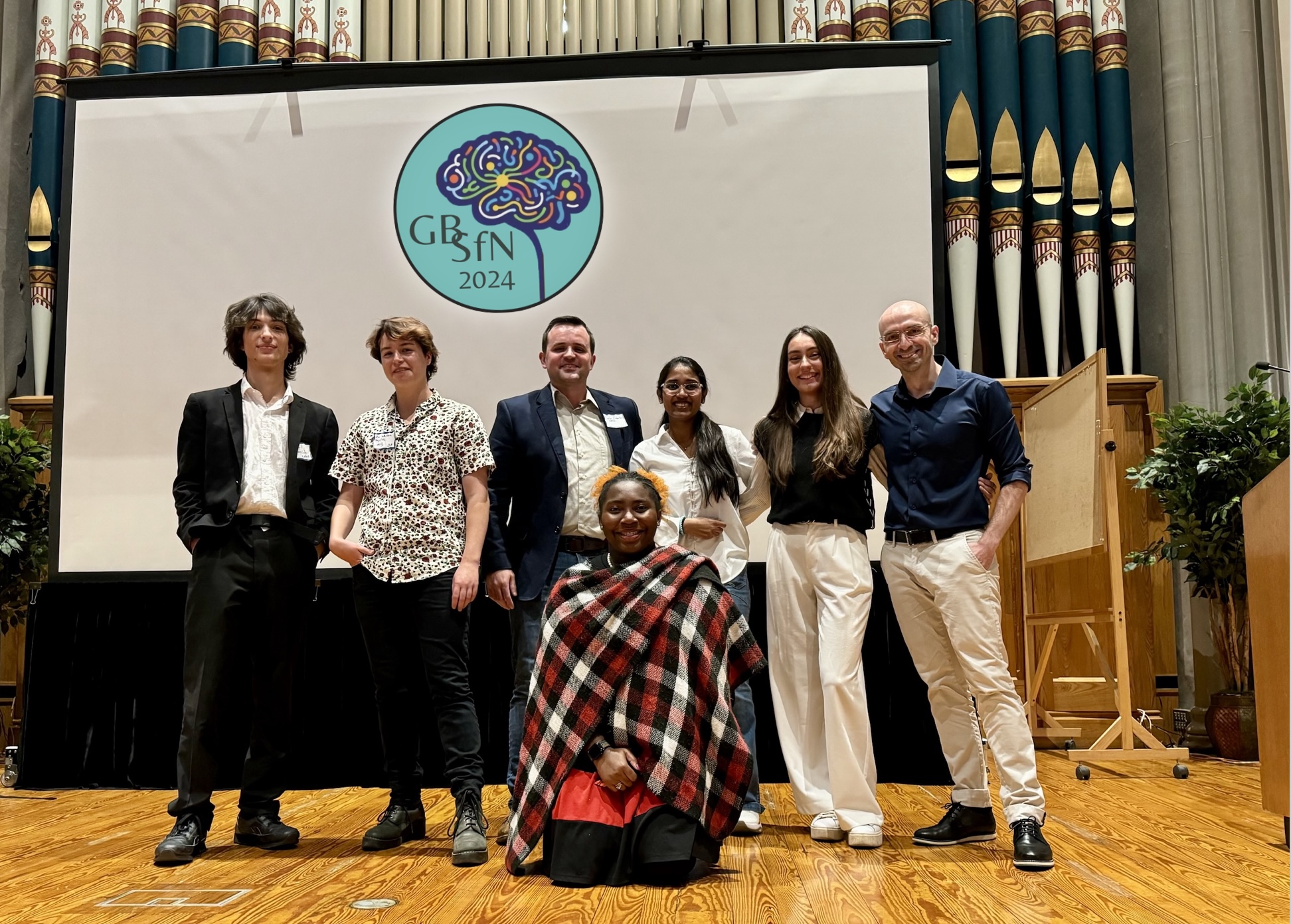
Neuroligin-3 paper gets the cover of Biological Psychiatry!
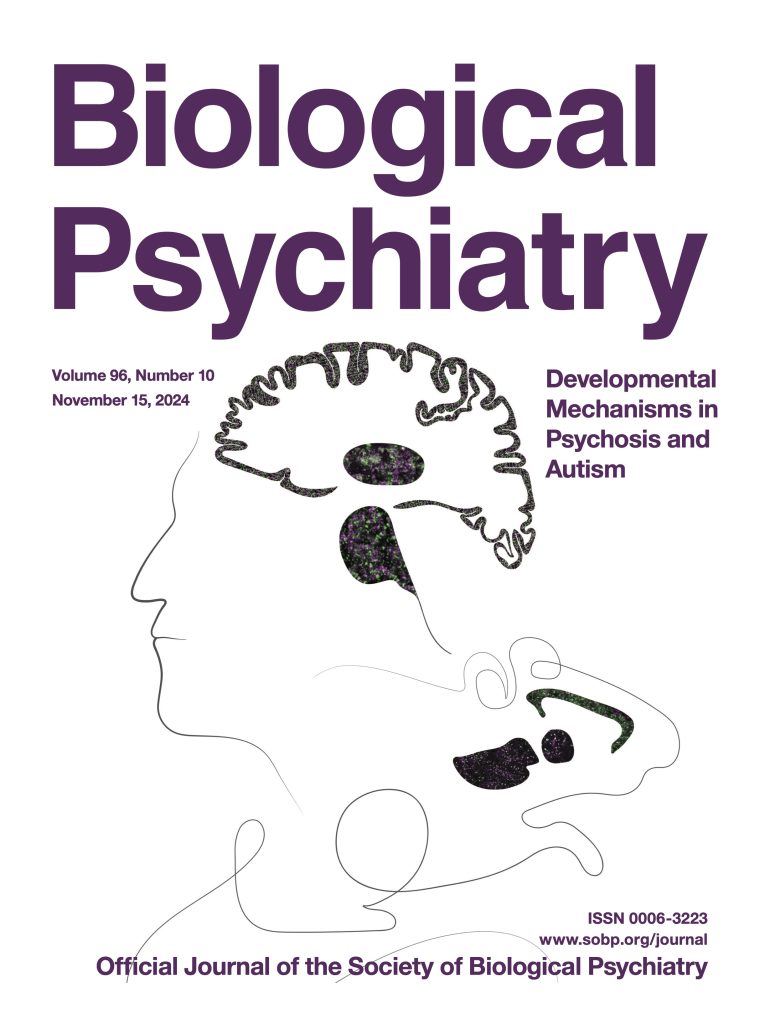
Congrats to Bek Altas and other lab members, as well as our collaborators at the Max Planck Institute for Multidisciplinary Sciences and the University of Turin. Our paper on the synaptic localization of Neuroligin-3 in the mouse and human brain and the molecular mechanism that regulates it, became the cover article on this month’s issue of Biological Psychiatry! Congrats to Cheryl Brandenburg for the cover art and the epic experiment that inspired it, one of the first ever immunolabelings of excitatory and inhibitory synapses in the human brain!
Presenting Dr. Colin Robertson, PhD!
Colin Robertson becomes the 3rd member of the lab to defend their PhD, in the historic Davidge Hall, the longest serving Medical Lecture Hall in America!
Colin defended his pioneering work in using Prime Editing, a reverse-transcriptase hybrid CRISPR technology, in the developing mouse brain to model individual patients with genetic epilepsies. Colin is staying on as a postdoc to translate these CRISPR technologies into clinical applications.
Congratulations Colin!!
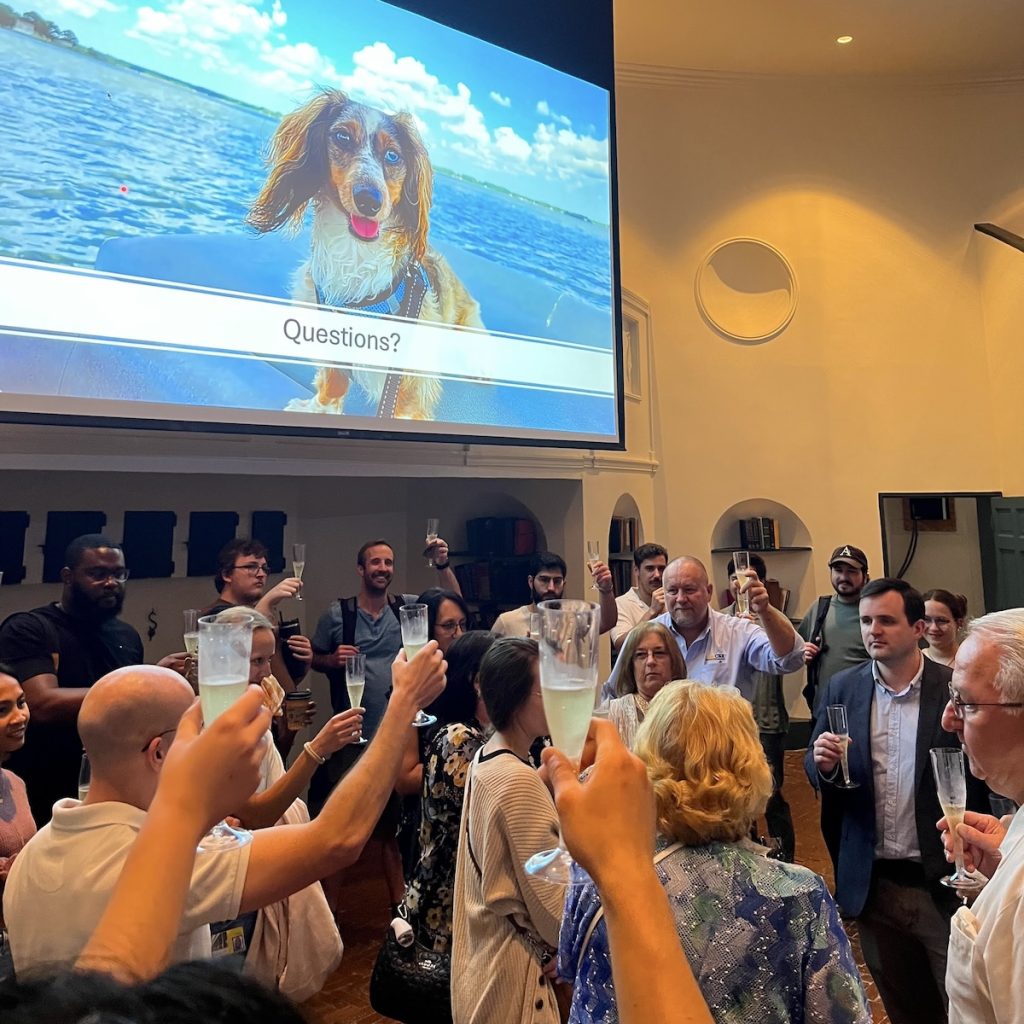
Neuroligin-3 paper out in Biological Psychiatry!
Just out, our paper on the biology of a synaptic adhesion molecule critically implicated in autism, published in Biological Psychiatry!
This massive paper includes outstanding work from scientists and collaborators at the Max Planck Institute for Multidisciplinary Sciences in Germany, and the University of Turin in Italy. It includes some of the first ever imaging of human synapses (spot the cool cup-shaped presynaptic terminals nestled in the human brainstem ????!), and identifies a molecular mechanism that determines the synaptic localization and transmitter-specificity of Neuroligin-3 between excitatory and inhibitory synapses in the brain. Congrats to everyone involved, a great way to end the year!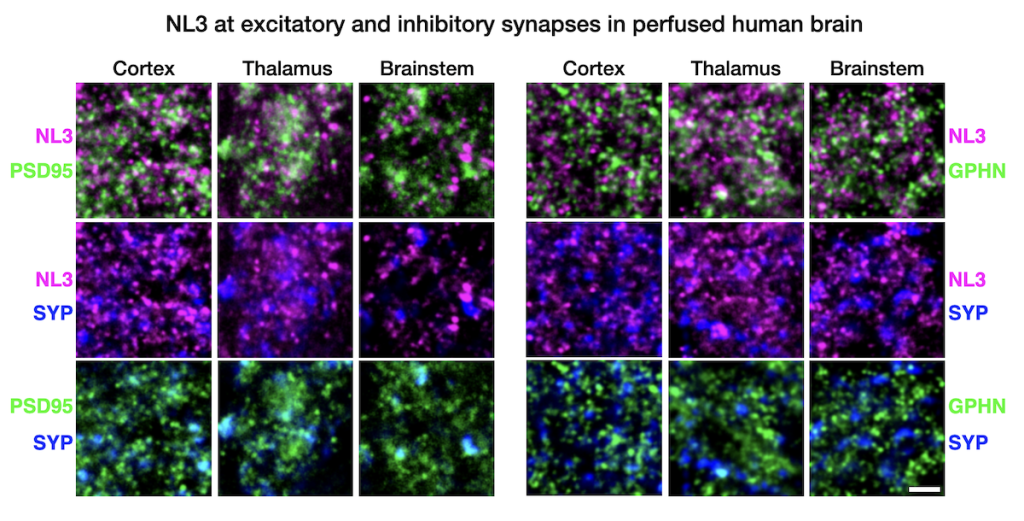
Region-Specific Phosphorylation Determines Neuroligin-3 Localization to Excitatory versus Inhibitory Synapses
